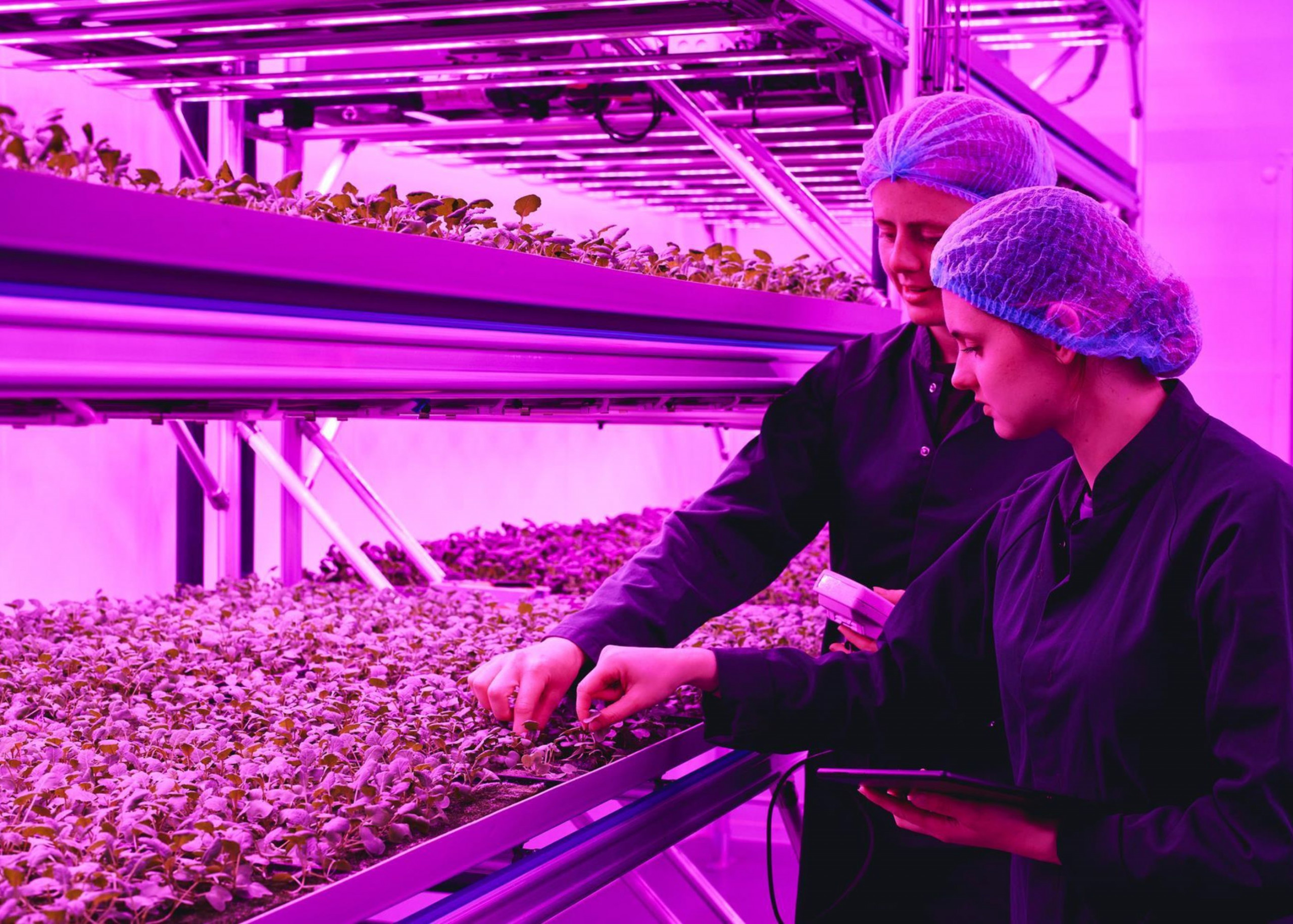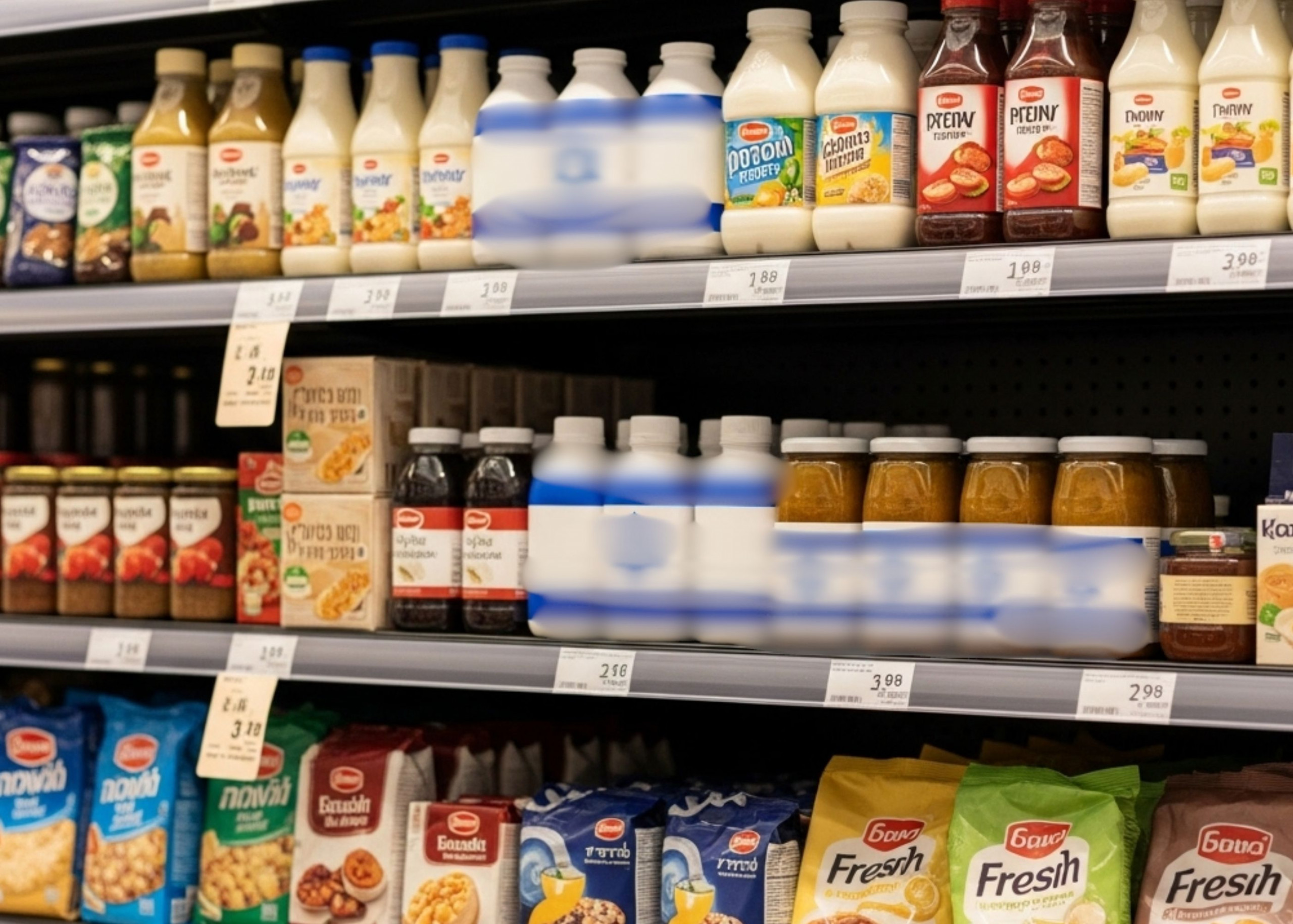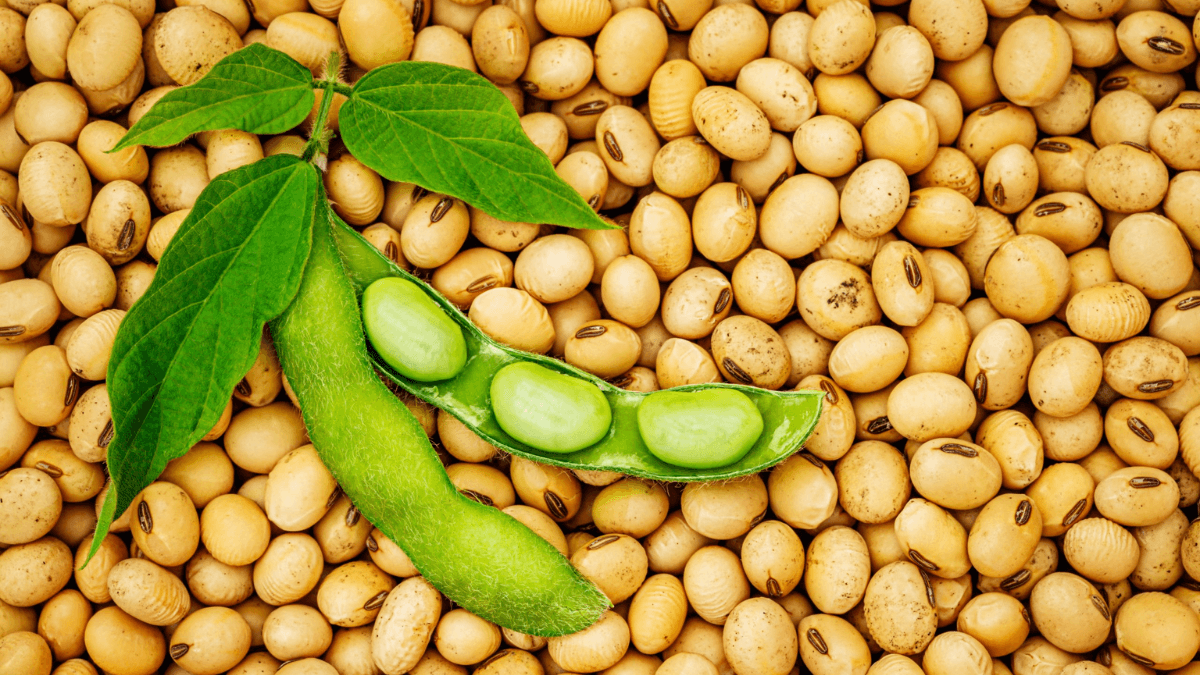News in brief:
– Japan is ramping up rice exports to counter declining domestic consumption, aiming to boost exports nearly eightfold by 2030 while cutting production costs and targeting global markets.
– The government is also releasing 80,000 tons of stockpiled rice to retailers at reduced prices to ease domestic price hikes and stabilise supply.
As domestic rice consumption continues to fall, the Japanese government is implementing a multi-pronged strategy to boost agricultural exports and stabilise local prices. The latest initiatives, outlined in the 2024 white paper on food and agriculture, signal a significant policy shift aimed at turning Japan’s surplus rice into a global commodity.
Expanding into Global Markets
With domestic demand shrinking due to a declining population, Japan is turning outward. The government has set ambitious targets to increase agricultural exports to 5 trillion yen ($34.8 billion) by 2030, up from a record 1.51 trillion yen ($10.5 billion) in 2024. Rice exports are a key focus, having grown 27.8% to 12.03 billion yen in 2024. The goal is to boost rice exports nearly eightfold to 353,000 tons by 2030, with China, the US, Hong Kong, Taiwan, and Singapore identified as priority markets.
Prime Minister Shigeru Ishiba emphasised a proactive export strategy, stating, “Rather than saying, ‘We will export if there is a surplus,’ we should aim to export from the beginning.”
Boosting Production and Efficiency
To meet export demands, the government plans to support farmers managing over 15 hectares and cut production costs from 16,000 yen to around 9,500 yen per 60 kilograms. This would make Japanese rice more competitive in global markets and open new revenue streams for rural producers.
Domestic Price Relief through Government Stockpile Sales
Meanwhile, the Ministry of Agriculture has begun selling 80,000 tons of government-stockpiled rice, harvested in 2021, through no-bid contracts to small and mid-sized retailers. Of this, 60,000 tons are earmarked for general retailers, while 20,000 tons are reserved for shops with rice-polishing facilities.
Agriculture Minister Shinjiro Koizumi noted that with distribution included, the price will be around 1,800 yen ($12.50) for a 5-kilogram bag, less than half the recent supermarket price of over 4,000 yen.
Major chains are already acting: Don Quijote will begin sales in Tokyo by early June, while Aeon, Japan’s largest retailer, has secured 20,000 tons and will start selling rice at select stores from Sunday, pricing each 5-kilogram bag at approximately 2,100 yen including tax, limited to one per family.
Coordinated Logistics to Prevent Bottlenecks
To support smooth distribution, Transport Minister Hiromasa Nakano announced the creation of a new office to coordinate logistics. The unit will facilitate cooperation between the agriculture ministry and transport firms to avoid delivery delays.
“This is about ensuring efficiency from farm to shelf,” Nakano said. “We’re committed to maintaining a stable supply chain as rice moves from government stockpiles to consumers.”
A New Era for Japanese Agriculture
For the first time, Japan’s agriculture white paper includes a dedicated chapter on exports, highlighting the urgency to transform domestic surplus into international opportunity. As Japan balances domestic price pressures with global ambitions, its rice industry stands on the cusp of a significant transformation with potential global impacts on premium rice markets, trade competition, and food security dynamics.



